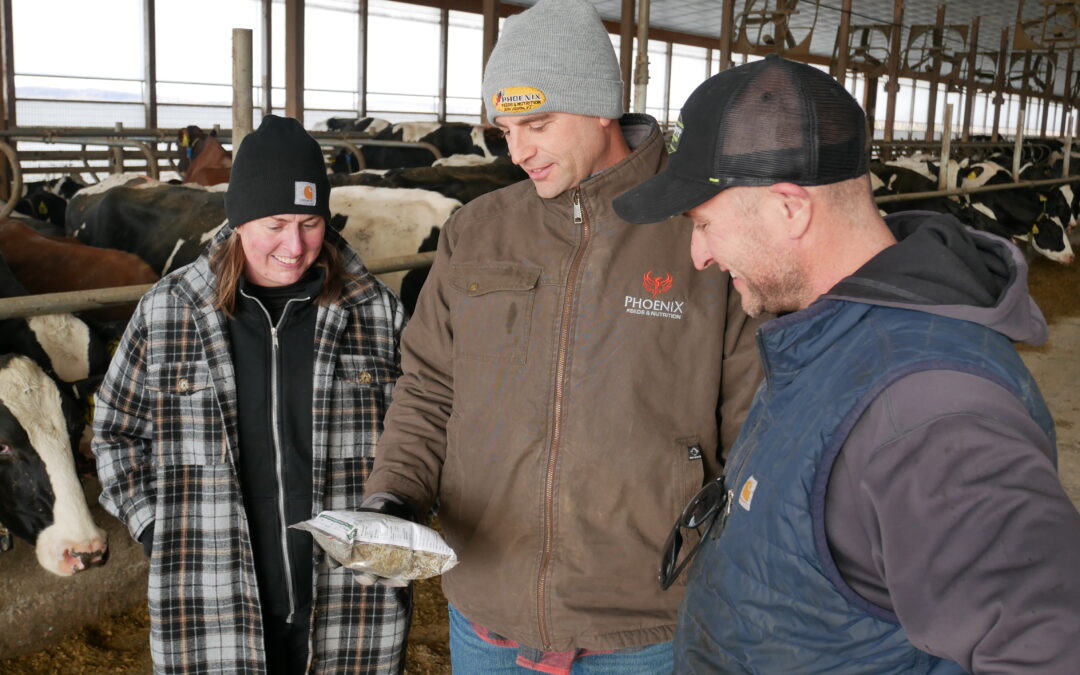In today’s world, where global networks dictate prices paid to farmers, staying in business and being profitable isn’t easy. That’s why it takes strategic investments to be successful.
“We felt like we could really expand our production and have healthier cows if we switched to a nutritionist that was innovative and kept up with the times…and I think we just felt stuck in the era of feeding the cows as cheap as you can,” Danielle Goodrich Gingras of Goodrich Family Farm said.
In the spring of 2021, Danielle, her husband Jason Gingras, her brother Chase Goodrich, and her father Ernie Goodrich, who co-operate the farm in Salisbury, Vermont, decided to change how they feed their cows. They enlisted the help of a new nutritionist, David Burnham, from Phoenix Feeds & Nutrition.
“My goal is to keep the economic viability of the farm,” Burnham said. “Every year, we’re going to try to improve and adapt to inflation and the challenges of dairy farming.”
They started with improving their forage analysis, including regularly testing their 1,750 acres of hay and 650 acres of corn to compare the length of time it’s been growing in the field and the dry matter, or the moisture level, to decide when to harvest it at the most optimal time.
“One of the things that we liked working with Dave on is the logistics and analysis tools he’s established in his program. It let us see where we’re not doing so well and what we can do better and then work to make those changes,” Chase said.
The result? The farm harvested higher quality crops, ensuring healthier cattle and a higher price for milk –ultimately protecting the farm’s future.
“Now, they’re getting the proper dry matter at harvest, the proper moisture level in the feed when they chop it,” Burnham said. “So, when it goes into the bunk, it ferments properly. That has a big impact on how the cows consume and digest it and what the bacteria in their stomachs will do with it.”
Then, with Burnham’s help, they created a plan for adding inoculants to their feed. Inoculants help the silage fermentation process by better preserving the crop. The results of all their work started showing up almost immediately.
“Some of the best feed samples I saw last year came off this farm,” Burnham said.
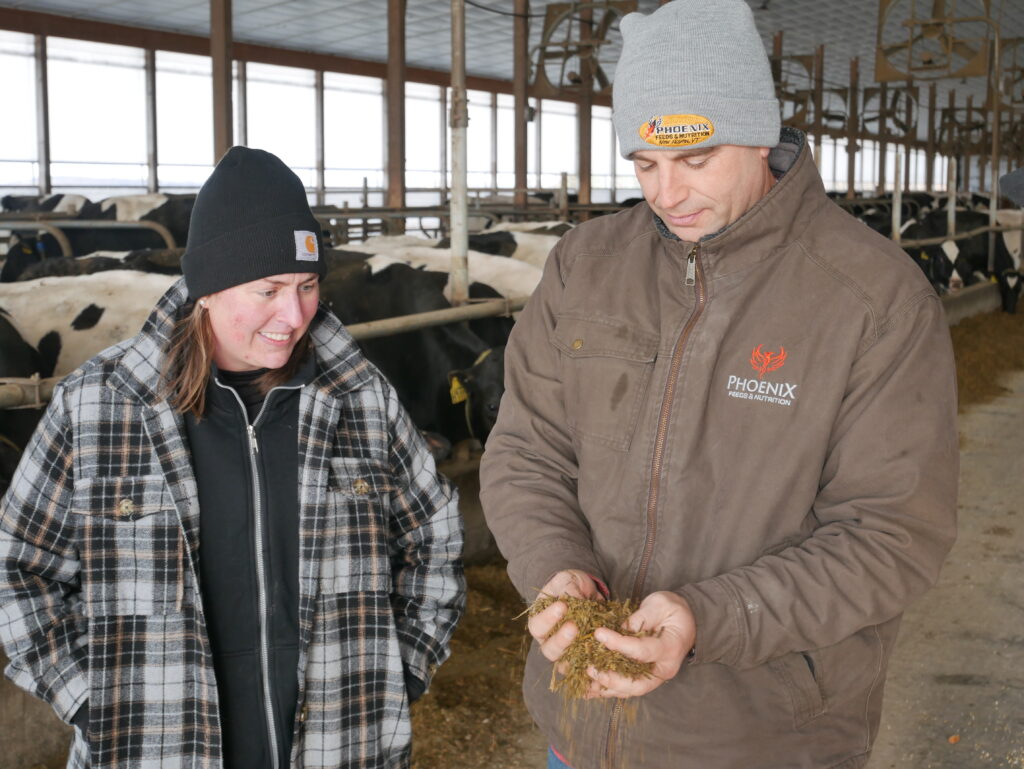
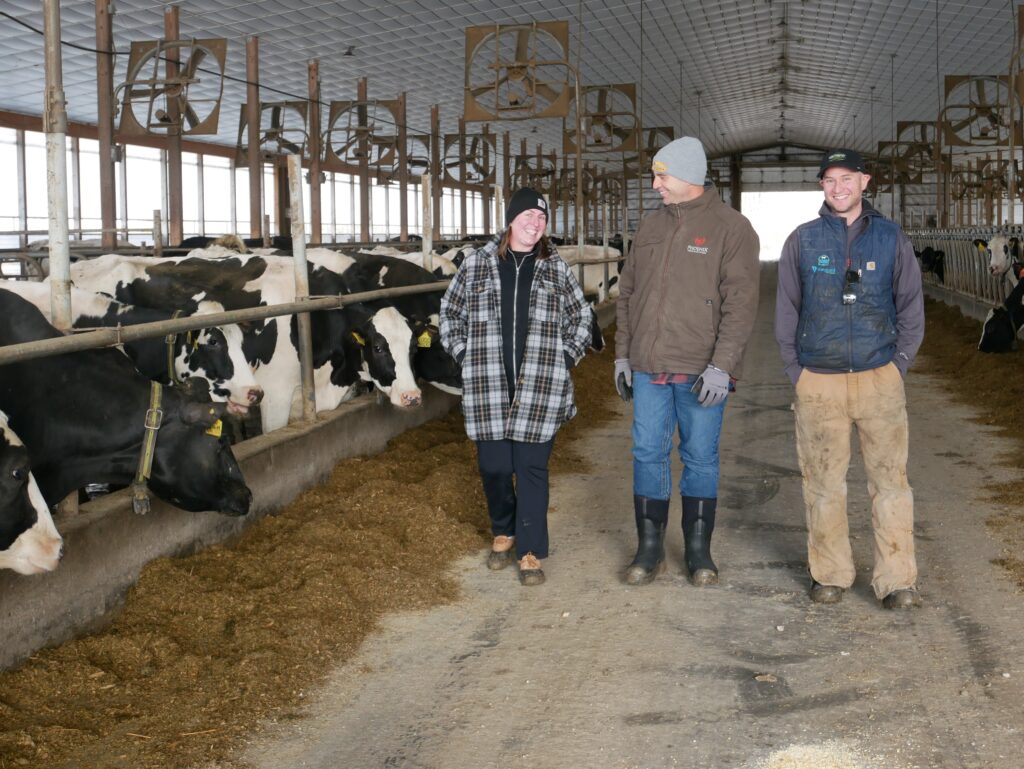
Healthier Cattle Leads to Better Milk Components
Not only were the crops higher quality, but the cattle were healthier, showing better overall health.
“We’re putting feed in front of them, they’re eating, they’re happy, we don’t have a lot of sick cows, and my job has become easier than before,” Danielle, who manages herd health, said. “It’s nice just to come in and see happy, healthy cows that are chewing and sleeping and doing the things that cows are supposed to be doing.”
This, in turn, led to an eight to nine percent increase in pounds of components per cow (combined fat and protein in the milk) since 2021, which has improved the farm’s profitability and better positioned them to thrive in the highly competitive farming sector. All without adding cows. They’ve kept their herd at a consistent 800 milking cows on average.
“With how our operation runs and the day-to-day, we are just a more efficient machine than we were prior to working with David and Phoenix,” Chase said.
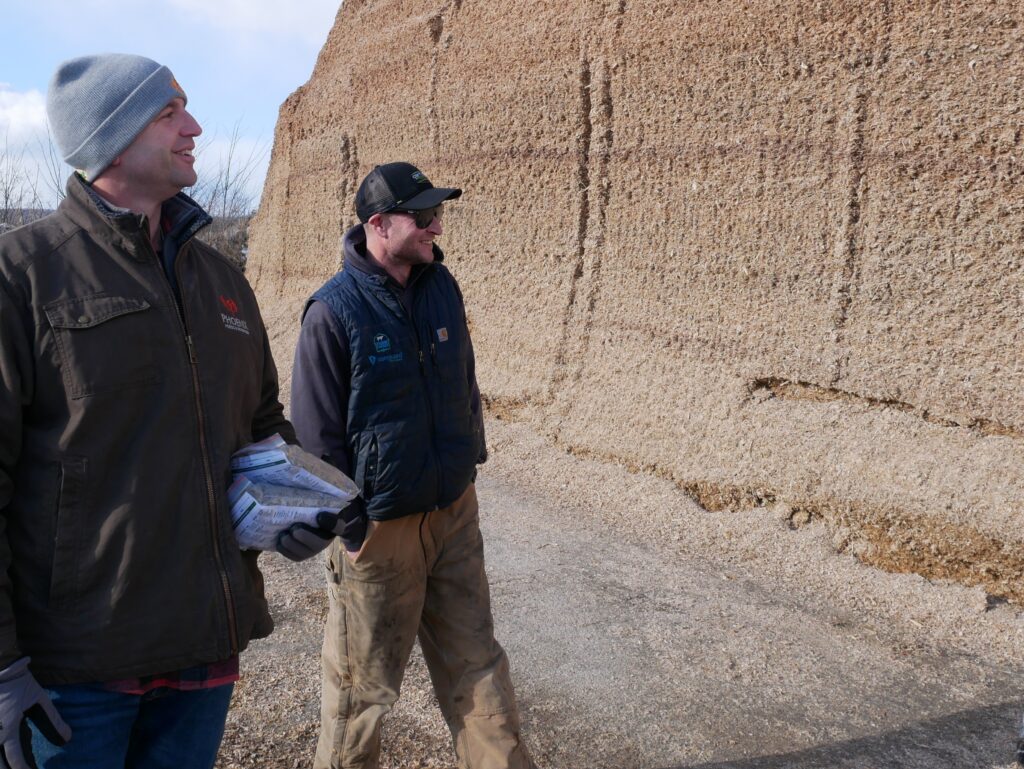
A new nutrition and crop management plan was the first of several strategic investments the family made to keep the farm viable in recent years. Around the same time, they also began working with a financial planner to optimize their business and partnered with Vanguard Renewables to install a digester on the farm. The digester, operated by Vanguard, provides a source of RNG powered by manure to the community and creates free, sterile animal bedding for the farm, along with fertilizer and an annual stipend.
“It reduces the amount of urea that we have to apply to our land, and then we can get our nutrients through organic matter and organic material and hit our nitrogen goals without worrying about too much phosphorus,” Chase said of the liquid fertilizer that comes back to the farm with reduced phosphorus. It goes through a phosphorus removal system to protect the Otter Creek Watershed, which feeds into Lake Champlain.
With an open mindset and willingness to invest in new tools for success, Chase says Goodrich Family Farm will continue experimenting, learning, and adapting.
“The biggest goal for my sister and I is to continue to be able to do what we love to do. To carry on the tradition of family farming into the next generation or the next opportunity,” Chase said. “We just want to make good healthy products that we can contribute to the community with.”
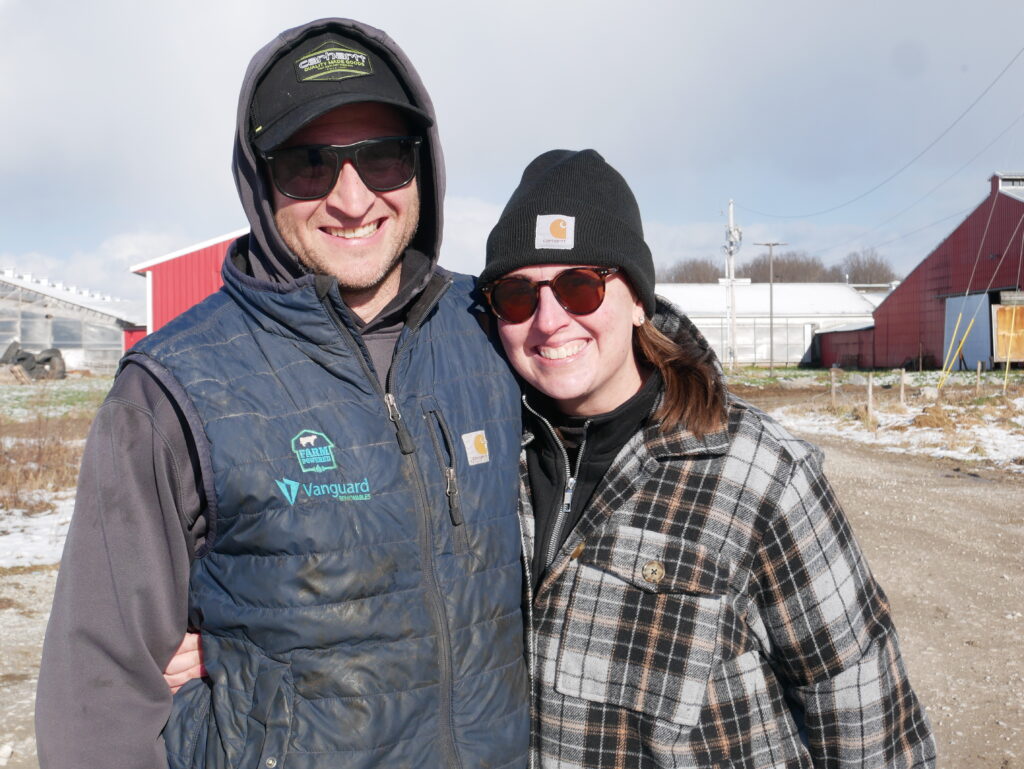
To learn more about how working with Phoenix Feeds can help you boost farm profitability, contact us for a consultation.

